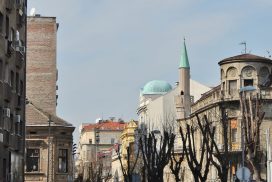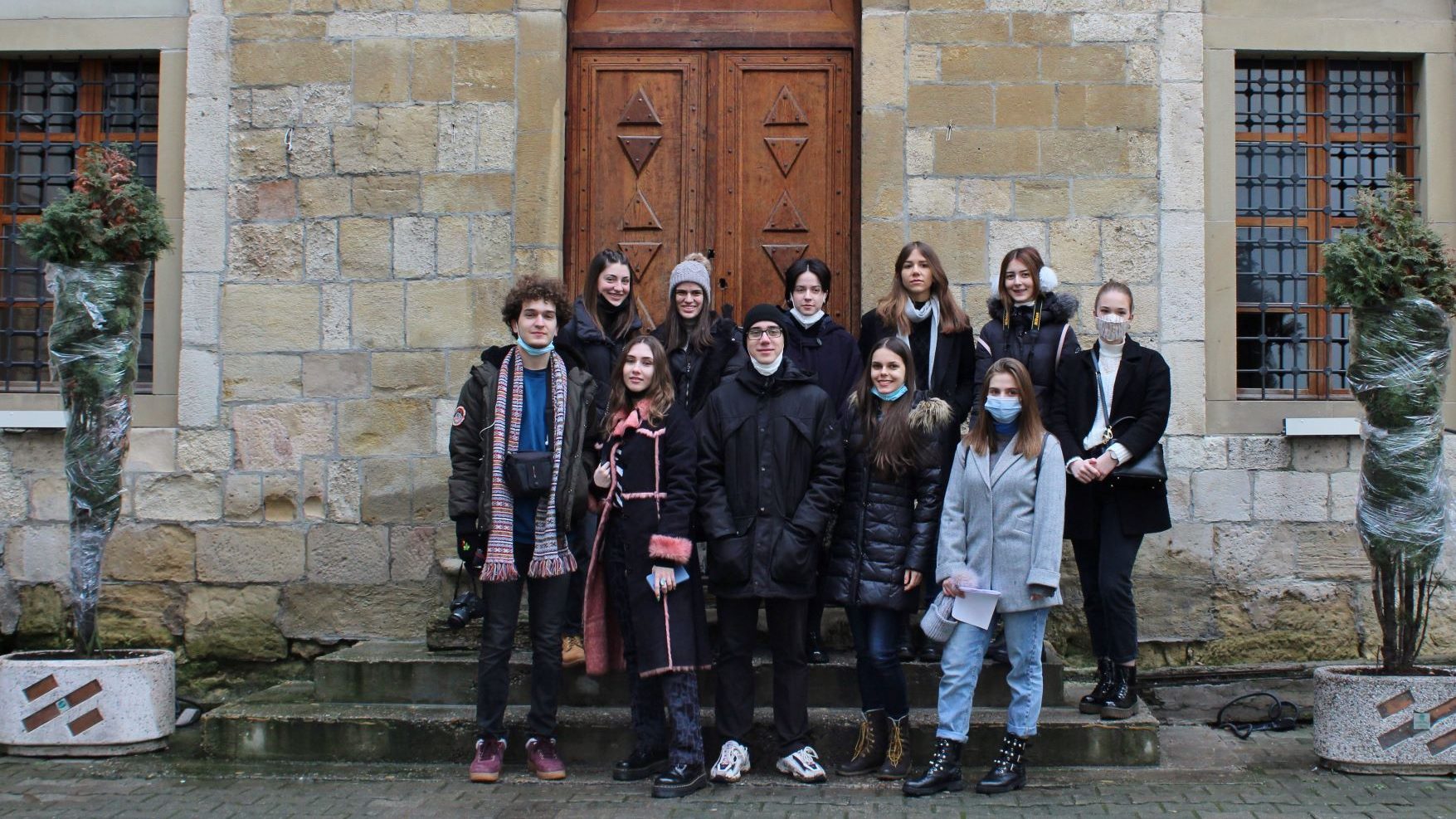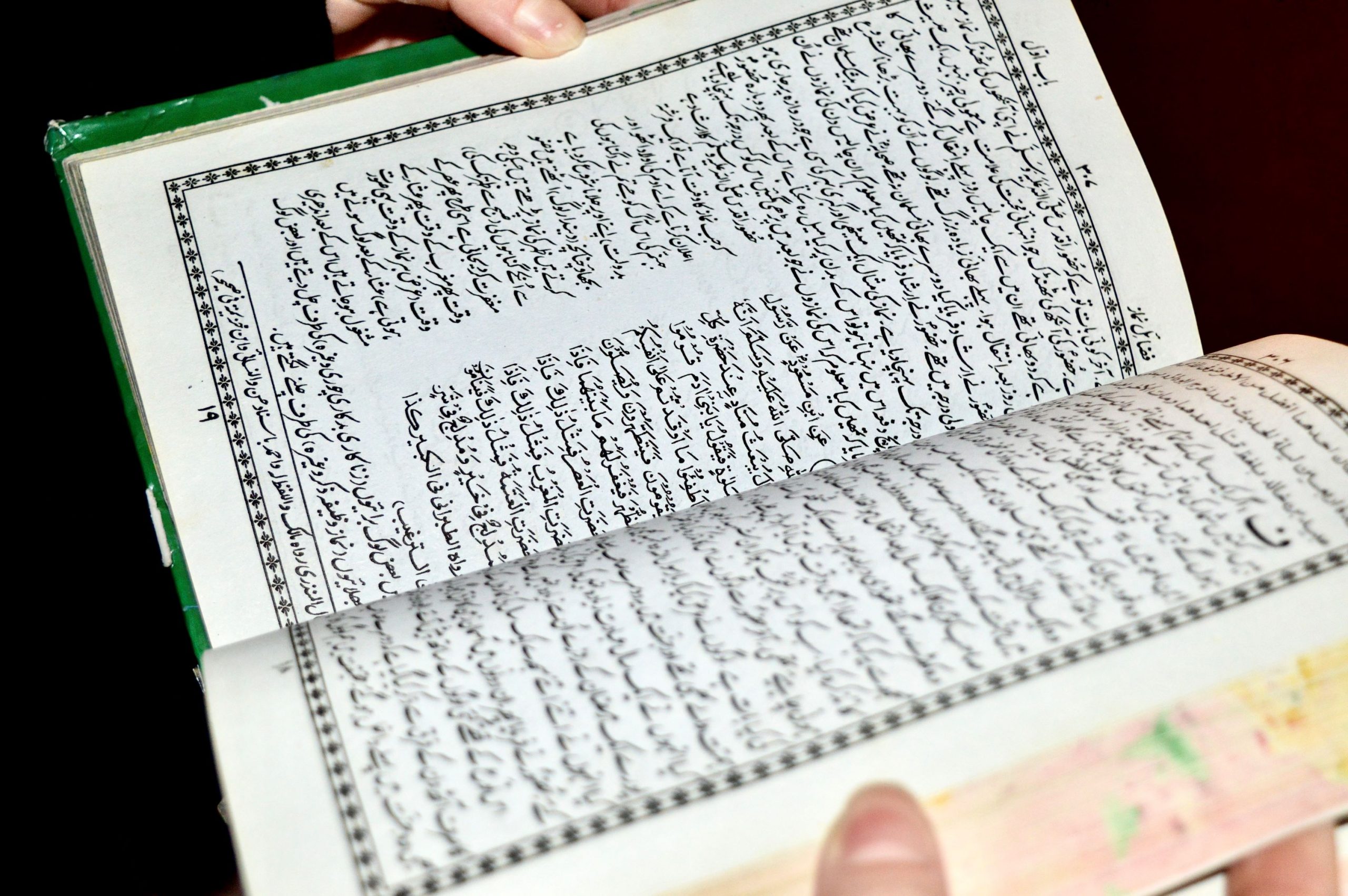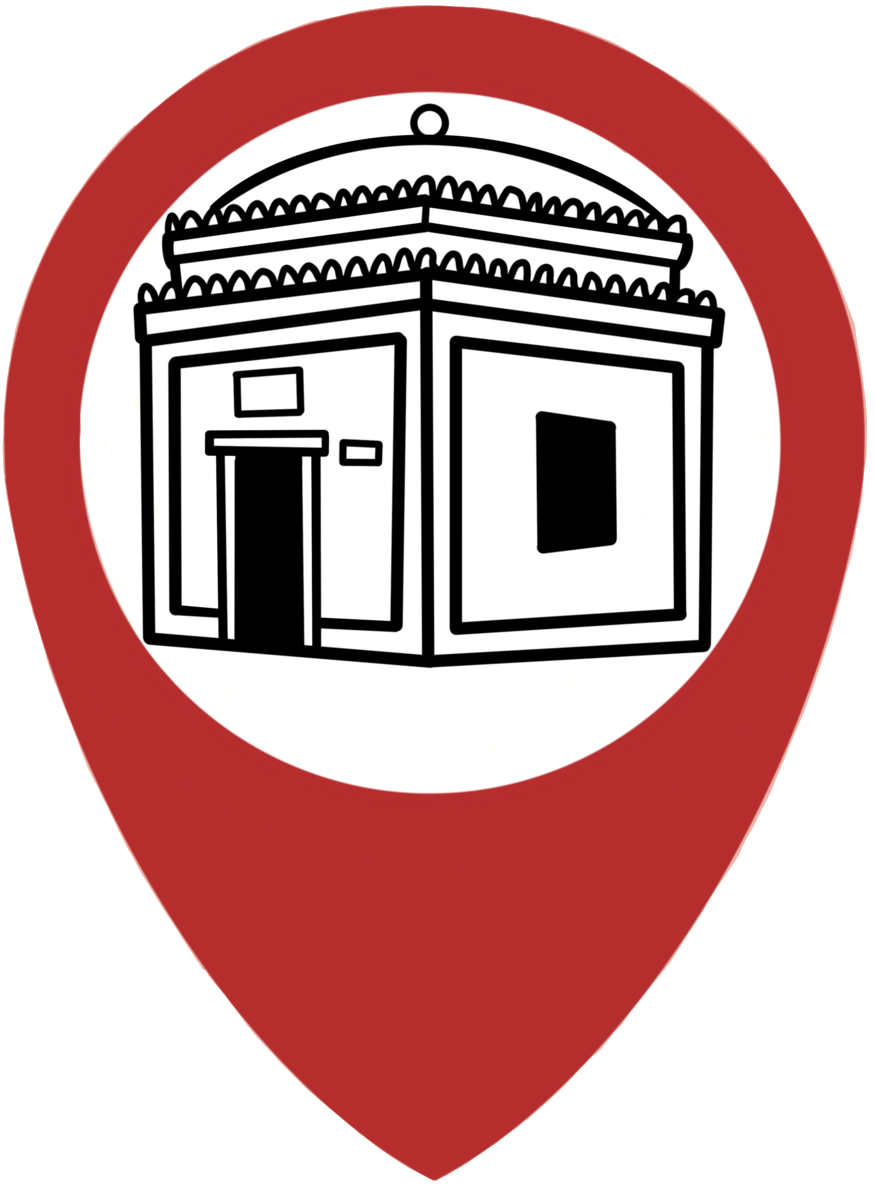ORIENTAL TOWN
During the third siege of Belgrade in 1521, Sultan Suleiman the Magnificent succeeded in conquering the then Hungarian city. Belgrade became an important Ottoman stronghold for further invasions in Europe. The city field by the fortress was named Kalemegdan by Ottomans (Kale - fortress, Megdan - field). The multi-century presence of Ottomans in Belgrade due to turbulent historical turmoil resulted in altered and mostly lost Ottoman heritage. The the part of town where the Turkish community lived is still called Dorćol and there we can still trace the remains of their heritage.
TURKISH CULTURE
Turkish Ottomans accepted the Slavic name of Belgrade. Certain parts of the city haven't changed their names since the Ottoman period, such as: Avala, Bulbulder, Dorcol, Kalemegdan, Makis, Tasmajdan, Terazije, Topcider, Cubura, Cukarica.
THE OTTOMAN ARCHITECTURE
According to an 1836 census, Belgrade was home to 16 mosques. Over time, all of them were demolished except for one, the Bajrakli mosque in Dorcol.

THE OTTOMANS IN BELGRADE
We keep the stories of our fellow citizens from the Ottoman past which contributed to the history of our city from oblivion.
Koordinator grupe i administrator stranice : Iva Pešić, istraživač i fotograf Ivana Pantović, istraživač i fotograf Katarina Malešević, istraživač Alisa Šarac, dizajneri : Andrea Plazinić, Jana Azanjac, i Lana Antanasijević








